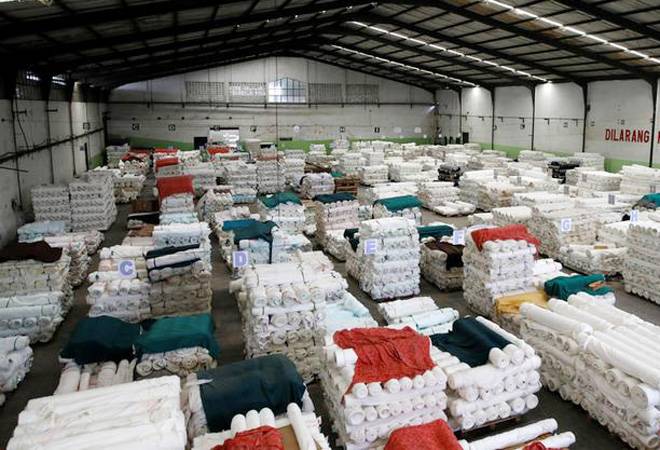Warehousing is one of the most important components of the logistics chain. It plays a significant role in storage of goods and merchandises at various stages. Earlier it was one of the most ignored sectors in logistics but today today they have become developed into sophisticated facilities with advanced and real time mechanism making it state-of-the-art. Some of the market leaders in this industry include Gati, DHL, Aegis Logistics, etc.
Currently warehouses are mostly concentrated in cities, such as Chennal, Bengalore, Kolkata, Mumbai, Delhi, etc. However, the warehouses are expected to grow in tier-II and tier-III cities as well due to the rise in demand for e-commerce activities and door-to-door delivery services. The growth in the sector is due to the expansion in the country’s pharmaceutical, e-commerce, and manufacturing sectors. Moreover, it can also be attributed to the policies of the government, institutional investments, automation, mechanization, etc.
Warehouses can be of the following types:
- Public warehouses: They are established by the government and are licensed to private third parties. These are usually set-up near transportation lines and are used by the general public to store goods. Moreover, these are an excellent option for small business owners as the costs involved in storing goods in a public warehouse is relatively less.
- Private warehouses: It is set up by a private enterprise for their own specific purpose and located in such a manner so as to address the requirements of manufacturing and commercial units. They may be established for the products owned, manufactured or imported primary by themselves.
- Bonded warehouses: They are authorised by government to receive and store goods till the duty on them have been paid. These type of warehouses can be owned and operated by the government as well as private parties. Moreover, they are usually situated near the point of entry.
- Government warehouses: It is owned and operated by central or state governments. Sometimes it is also operated by the local authorities, public corporations, etc. They are mainly meant for use by the government or government-owned enterprises but private entities may also use the same.
- Cold chains: It is a temperature-controlled warehouse primarily for perishable products. It caters to industries such as agriculture, fisheries, dairy, etc.
Legal formalities to set up a warehouse:
The Warehousing (Development and Regulation) Act, 2007 (“the Act”) and the Warehousing (Development and Regulation) Registration of Warehouses Rules, 2017 (“the Rules”) are the two main legislations in India with respect to warehousing in India. Section 2(s) of the Act defines a warehouse as “any premises (including any protected place) conforming to all the requirements including manpower specified by the Authority by regulations wherein the warehouseman takes custody of the goods deposited by the depositor and includes a place of storage of goods under controlled conditions of temperature and humidity”.
Section 4 of the Act deals with Registration of Warehouses and sub-section 1 states that an application to the authority has to be made if any person is desirous of commencing or carrying on the business. Similarly, Section 3 of the Rules deals with Registration with Authority and mentions that the authority shall grant a certificate of registration if a person has submitted the application and has fulfilled the requirements
Rule 4 of the Rules emphasizes that the application has to be made in the prescribed form which may be submitted to the authority in an electronic manner or as may be specified by the authority. It also mentions that the form should contain all the documents along with the fees. Further, rule 5 of the Rules mentions that the applicant has to pay a certain amount to the authority which is non-refundable in nature.
Chapter 5 of the said Rules talks about eligibility requirements of an applicant for registration of a warehouse which consists of sections 15 to 21 and are as follows:
- Section 15 – Identity of the applicant,
- Section 16 – Fit and proper person,
- Section 17 – Insurance coverage,
- Section 18 – Minimum net worth,
- Section 19 – Maintenance of security deposit,
- Section 20 – Infrastructure requirements of the warehouse,
- Section 21 – Comply with the standard operating procedure
Some of the documents to be submitted with the application for registering a warehouse are individual or authorized representative’s photograph, identity proof of the applicant, insurance policy copies, net worth documents, warehouse layout plan, etc. It is to be noted that the certificate is not transferable and the respected person shall display and keep it pasted immediately upon receipt until it has been suspended or revoked. Moreover, failure to duly comply with the laws relating to the registration or not fulfilling any requirements would attract penalty in the form of fines or imprisonment or both.





Leave a Reply